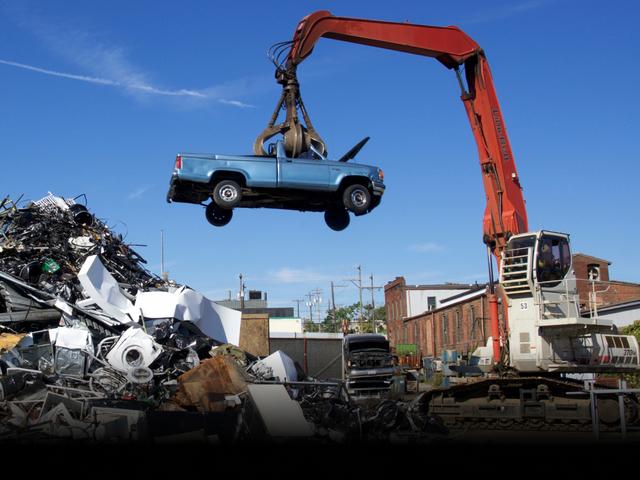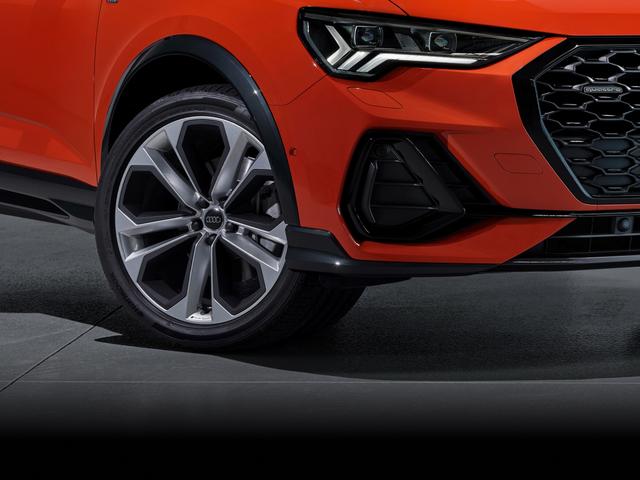Suck, squeeze, bang, blow. This rather amusing set of words aptly describes the working of an internal combustion engine. Most modern car engines run on the four-stroke cycle that involves an intake stroke to introduce the fuel and air mixture, a compression stroke to compress the mixture, a combustion or power stroke to ignite the mixture and an exhaust stroke to expel burnt residual substances. This however, would be an overly simplified explanation to the extensive engineering that goes behind making a car’s engine work. Knowledge about the engine’s internal components can help in understanding this process better.
Understanding how a car engine works - A comprehensive guide
What is a car engine?
A car engine is a marvel of engineering that converts fuel into mechanical energy, ultimately resulting in the vehicle propelling forward. It is the power source for the car. A majority of cars on the road today run on petrol or diesel and are referred to as internal combustion engines, while a new breed of electric and hybrid engines are starting to become mainstream. Understanding how a car engine works involves exploring its numerous components and their various functions. Delve into the intricacies of a car engine, and learn about the different types of engines, fuels used, parts and their roles in detail.
Why is it Important to know how a car engine works?
Getting a sense of how this process takes place under the hood is crucial for several reasons. It helps car owners make informed decisions about maintenance, and better understand potential issues that might arise in the engine’s running. Furthermore, if you’re in the process of buying a new car, you may want to better understand technical terminologies in the spec sheets like the cubic capacity, inline engine, liquid-cooled, thus helping you decipher the inner workings of an engine.
How does a car engine work?

An internal combustion engine (ICE) works on the four-stroke cycle, thus making it vital to understand the different stages of the combustion process.
The four-stroke cycle in a gasoline/petrol engine:
The four-stroke cycle is the process by which an internal combustion engine converts fuel into mechanical energy. Here's a breakdown of each stroke -
1. Intake stroke
During the intake stroke, the intake valves open, and the piston moves downward. This movement creates a vacuum that draws the air-fuel mixture into the cylinder.
2. Compression stroke
In the compression stroke, the intake valves close, and the piston moves upward. This compresses the air-fuel mixture within the cylinder, increasing its pressure and temperature.
3. Power stroke
The power stroke is where the spark plug ignites the compressed air-fuel mixture, causing a small, controlled explosion in the cylinder. This explosion forces the piston downward, creating mechanical energy that is transferred to the crankshaft. The power stroke is the phase that generates the engine's power.
4. Exhaust stroke
In this final phase, the piston moves upward again and the burnt gases are expelled from the cylinder through the exhaust valves. The exhaust stroke ensures that the cylinder is cleared of exhaust gases, ready for the next intake stroke.
To further understand how this process happens, let’s delve deeper into first understanding some of the main engine components.
Car engine components and their function

1. Engine block
The engine block houses the cylinders and various components that form the engine's core. Typically made from cast iron or aluminium alloy, the engine block is the solid outer shell of an engine that provides the structural integrity required to withstand the forces generated during combustion.
2. Cylinder
It is inside the cylinders that the combustion process occurs. Cylindrical chambers are precision machined into the engine block. They can vary in numbers, affecting the engine's power and overall cubic capacity. Common configurations in cars include three, four, six, and eight cylinder engines.
3. Cylinder head
The cylinder head sits atop the engine block, sealing the cylinders and housing the valvetrain, spark plugs, and the camshaft.
4. Valves
Valves regulate the flow of air and fuel into the cylinders and exhaust gases out of the cylinders. Intake valves allow the air-fuel mixture to enter the cylinder, and exhaust valves let the burnt gases exit the cylinder. Number of valves per cylinder can vary from two to five.
5. Camshaft
The camshaft controls the opening and closing of the engine's valves. It is synchronised with the crankshaft via a timing belt or chain. The camshaft ensures that the intake and exhaust valves open and close at precise intervals during the engine's combustion cycle.
6. Pistons
Pistons are cylindrical blocks that move up and down within the cylinders. They are encased within piston rings to maintain optimum pressure within the cylinders.
7. Connecting rods
Connecting rods serve as the link between the pistons and the crankshaft. They play a vital role in converting the linear motion of the pistons into the rotational motion of the crankshaft.
8. Crankshaft
The crankshaft is a long, rotating shaft located at the bottom of the engine block and cylinders. It converts the linear motion of the pistons into rotational motion, which drives the gearbox that ultimately drives the vehicle's wheels.
9. Timing belt/chain
The timing belt or chain synchronises the rotation of the crankshaft and camshaft. This synchronisation is crucial for ensuring that the valves open and close at the correct times relative to the piston's position.
10. Spark plugs
Spark plugs ignite the air-fuel mixture within the cylinders. They create a spark that triggers combustion at the right moment during the compression stroke. Most engines use a single spark plug per cylinder with some manufacturers opting for two as well.
11. Fuel injectors
Fuel injectors are tiny spray nozzles that are electronically controlled and deliver precise amounts of air/fuel into the cylinders.
12. Exhaust system
The exhaust system expels burnt gases from the engine. It includes components like the exhaust manifold, catalytic converter, and muffler. This system not only removes exhaust gases but also reduces harmful emissions and noise.
13. Lubrication system
The lubrication system ensures adequate supply of oil to all moving parts within the engine, to minimise friction and wear. It includes the oil sump/pan, oil pump, oil filter, and various oil passages that distribute engine oil.
14. Cooling system
The cooling system prevents the engine from overheating. It circulates coolant through the engine block and cylinder head, absorbing heat and dissipating it through the radiator. The system includes components like the water pump, thermostat, and radiator.
15. Engine management systems
Modern engines are controlled by sophisticated engine management systems that optimise performance, efficiency, and emissions through Electronic Control Units (ECUs). These ecuS take inputs from various sensors that monitor engine parameters.
Different types of car engines
Inline engines
Inline engines, also known as straight engines, have all their cylinders arranged in a single row. This configuration is common in smaller vehicles due to its simplicity and compact design. Inline engines are known for their smooth operation and ease of maintenance. Most common engines are three or four-cylinder arrangements.
| Advantages | Disadvantages |
|
|
V-engines

V-engines have cylinders arranged in two banks set at an angle to each other, forming a "V" shape. This configuration allows for more cylinders in a smaller engine block, making it suitable for high-performance and larger vehicles.
| Advantages | Disadvantages |
|
|
Flat engines
.jpg)
Flat engines, also known as boxer engines, have cylinders arranged in two horizontally opposed banks. This configuration offers a lower centre of gravity and better balance, contributing to improved handling and stability. Flat engines are commonly used in sports cars and some high-performance vehicles.
| Advantages | Disadvantages |
|
|
Electric engines

Electric engines are powered entirely by electricity stored in batteries. These battery packs transfer electrical energy to electric motor(s) which in-turn convert the energy into mechanical energy that drives the wheels. The process of energy transfer is simpler and more efficient as they don’t include the complex physical components and moving parts of an internal combustion engine. As battery technology continues to improve, electric vehicles (EVs) are becoming more popular and practical for everyday use.
| Advantages | Disadvantages |
|
|
Hybrid engines
.jpg)
Hybrid engines represent a significant advancement in automotive technology, combining an internal combustion engine (ICE) with an electric motor. There are different types of hybrid systems -
- Mild Hybrids - These systems use a small electric motor to assist the internal combustion engine, primarily during acceleration and to regenerate energy during braking. The electric motor cannot power the vehicle on its own.
- Full Hybrids - Full hybrids can switch seamlessly between the internal combustion engine and the electric motor, or even use both simultaneously to optimise performance and efficiency.
- Plug-in Hybrids (PHEVs) - These vehicles have larger batteries that can be recharged from an external power source, such as a home charger or public charging station. PHEVs offer an extended electric-only driving range.
| Advantages | Disadvantages |
|
|
Common engine problems
Car engines being complex machines can encounter a variety of issues over time. Understanding common engine problems can help in early diagnosis and potentially prevent costly repairs. Most modern cars make it impossible to self diagnose thus it is advisable to get the issues addressed at an authorised service centre in order to avoid voiding the warranty.
Some common engine problems and their causes are -
1. Overheating
Causes -
- Low coolant levels.
- Radiator issues.
- Blocked coolant passages.
2. Engine misfire
Causes -
- Faulty spark plugs.
- Fuel system issues.
- Compression issues.
3. Oil leaks
Causes -
- Worn or damaged gaskets and seals.
- Cracked engine block.
- Overfilled engine oil.
4. Poor fuel economy and/or performance
Causes -
- Dirty or clogged air filter.
- Faulty oxygen sensor.
- Malfunctioning fuel injectors.
5. Check engine light on
Causes -
- Sensor failures (oxygen sensor, mass airflow sensor).
- Emission control problems.
- Catalytic converter issues.
6. Excessive exhaust smoke
Causes -
- Blue smoke - Burning oil due to worn piston rings or valve seals.
- White smoke - Coolant leaking into the combustion chamber (possible head gasket failure).
- Black smoke - Rich fuel mixture, faulty injectors.
The bottom line
The automotive industry is continually evolving with significant advancements in engine technology aimed at improving efficiency, performance, and reducing environmental impact. Hybrid and electric engines are becoming more prevalent, and future trends point towards further innovations in combustion techniques, alternative fuels, and vehicle integration.
FAQ
Q. How does the engine make a car move?
Car engines are connected to a gearbox that transfers the rotational movement of the crankshaft, to the wheels. A gearbox can be manual or automatic and comprises multiple gears and clutches to manage the torque output from the crankshaft and send it to the wheels.
Q. How does a petrol/diesel engine work in a car?
Petrol and diesel are the most common fuel types used to power an internal combustion engine. They work on the same principles albeit diesel engines do not use spark plugs for ignition. Rather, the higher compression in a diesel engine lead to the air/fuel mix to heat up and ignite, leading to the combustion process. Diesel engines are more fuel efficient but are comparatively costlier to manufacture due to the requirements of a more robust construction to handle the higher compression ratios and forced induction using a turbocharger. The basic functioning of both petrol and diesel engines are as follows -
- As the piston travels downwards in the cylinder, it creates a vacuum to draw the fuel and air mixture.
- The piston then travels upwards to compress the fuel and air mixture.
- The fuel mixture is ignited, causing a small, controlled explosion that generates force to push the piston downwards again.
- The piston then pushes the exhaust gases out by travelling upward to end one combustion cycle comprising four strokes.
Q. How long does a petrol/diesel engine last?
The lifespan of a petrol or diesel engine can vary widely based on several factors, including maintenance, driving habits, engine design, build quality and conditions of operation. Typically, petrol engines can last up to 5,00,000km with proper care and regular maintenance while diesel engines can last longer, up to 8,00,000km due their comparatively robust construction.
Q. What are the parts and functions of the engine?
A car engine works with numerous components that function cohesively. The engine block, cylinders, pistons, crankshaft, camshaft, cylinder head, valves, timing belt/chain, spark plugs, fuel injectors, exhaust system, lubrication system, cooling system and electronics, all combine to play crucial roles in the engine's operation.



.jpg&w=3840&q=50)
.jpg&w=750&q=50)



.jpg&w=828&q=75)



.jpg&w=828&q=75)










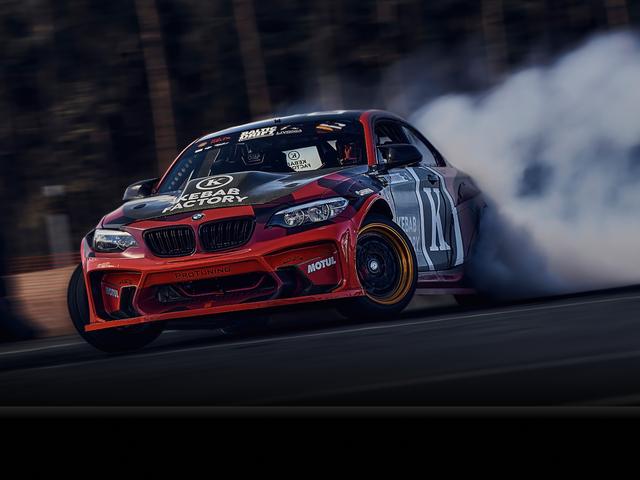

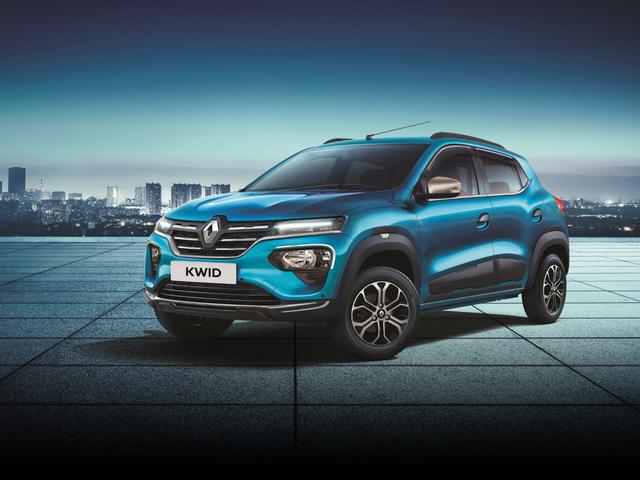



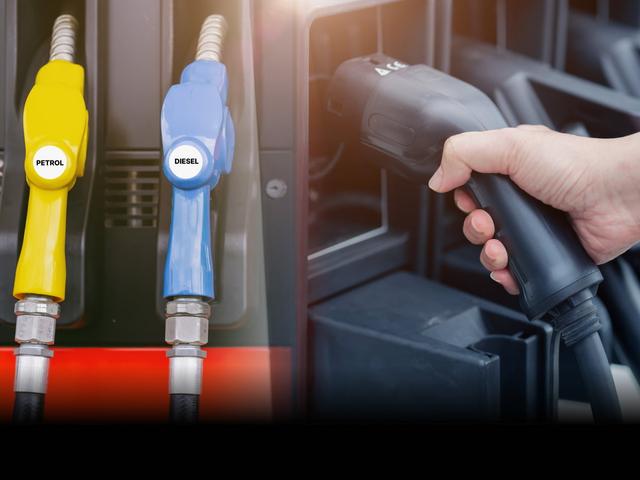

.jpg&w=640&q=75)

